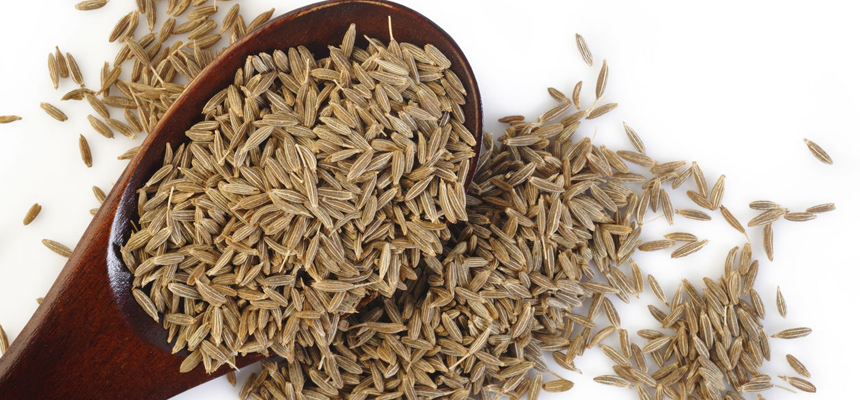Vascular Parkinsonism in the Elderly Women

Elderly women with vascular Parkinsonism (VP) face a special set of challenges, made more poignant by Mother's Day. We are reminded of the importance of mothers in our lives on Mother's Day, as they are frequently the pillars of our families. It's important to recognize the complex health issues they may experience in their later years, even as we honourand cherish them.

Dr. Girish Soni, Neurologist, Lilavati Hospital, Mumbai has given a comprehensive account of Vascular Parkinsonism below.
1. What are the initial indicators individuals should recognize for Vascular Parkinsonism?
Vascular Parkinsonism signs include small, shuffling steps while walking. Did you know? Having a gait abnormality is one of the potent signs of this condition and can be seen with stiffness or slow movement. One will also experience tremors in their hands and trouble with fine motor skills like writing buttoning clothes or doing the daily chores with ease. The person can also have cognitive impairment, such as memory problems and difficulties with concentration. One should be attentive to these symptoms and consult the doctor without any delay to initiate timely treatment. Try to be prompt in seeking appropriate diagnosis and treatment.
2. What are the primary factors and manifestations associated with Vascular Parkinsonism?
Vascular Parkinsonism arteriosclerotic parkinsonism or lower-body parkinsonism leads to problems during movement owing to the damaged blood vessels in the brain. To help you simplify it further. The typical Parkinson's disease happens due to the degeneration of neurons in the brain’s area called substantia nigra whereas, vascular Parkinsonism leads to reduced blood flow to parts of the brain that control motor functions. The primary factors connected with Vascular Parkinsonism are hypertension, diabetes, and other cardiovascular risk factors. These conditions can manifest in the form of gait disturbances impacting the lower body rather than the classic Parkinson's features like hand tremors.
3. What preventive actions can individuals take to address this issue?
To deal with Vascular Parkinsonism, adhere to a well-balanced lifestyle consisting of regular exercise to improve circulation and cardiovascular health, opting for a nutritious diet loaded with fruits, vegetables, and whole grains to lower the chances of vascular issues that contribute to this condition. Apart from these measures, one will have to monitor his/her high blood pressure and diabetes through medication and lifestyle adjustments recommended by the expert. Do activities such as reading, puzzles, or learning new skills to improve cognitive function and minimize brain damage. It is also essential to avoid smoking and alcohol which can put you at risk of Vascular Parkinsonism.
4. What treatment options are available for Vascular Parkinsonism?
The treatment offered to the person aims to control the symptoms and halt the progression of the condition. The treating doctor will prescribe medications to improve motor function and improve the symptoms of the patient. One will also be recommended physiotherapy to improve mobility and balance for those with Vascular Parkinsonism. It is the need of the hour to exercise daily, eat a diet consisting of vital nutrients, rest enough, and control the symptoms. Many patients will also benefit from deep brain stimulation (DBS) surgery to help manage movement issues linked to Vascular Parkinsonism. Adhere to the instructions given by the expert and you will surely be able to improve the quality of life. Speech or cognitive behaviour therapy can be given to patients.
5. Are there specific tests used to diagnose Vascular Parkinsonism?
Vascular Parkinsonism can be diagnosed with the help of MRI scans that will help to spot vascular changes in the brain that cause motor symptoms characteristic of Vascular Parkinsonism. The doctor will further examine you for gait abnormalities and lower-body rigidity which can help to know if you are having vascular Parkinsonism. A detailed assessment by a neurologist who specializes in movement disorders can aid in prompt and accurate diagnosis of Vascular Parkinsonism along with a tailored treatment plan. The treatment should be immediately initiated after the diagnosis. It is better to report symptoms to the doctor instead of suffering in silence.
6. What are the potential adverse effects of treatment for Vascular Parkinsonism?
There are no adverse effects or complications of the treatment of Vascular Parkinsonism. The common side effects can be nausea, dizziness, or insomnia as a result of taking medications. However, these side effects can be managed with the help of the treating doctor. The treatment will help improve one’s quality of life. Due to the advances in technology, one can be assured regarding the safety and efficacy of various treatment modalities including deep brain stimulation. The treatment can be life-transforming for the person. it is a good idea to discuss with the doctor regarding the treatment plan offered to you and clear any doubts that bother you.
7. What is the typical recovery period for individuals with this condition? Is it life-threatening?
The typical recovery period for individuals with vascular parkinsonism can vary from person to person based on the symptoms and overall health condition. If one patient recovers within 4-5 months that doesn't mean every patient will have the same period of recovery. One will have to follow the guidelines given by the doctor to recover well.
8. Please leave a takeaway message for the elderly patient suffering from this problem?
As the elderly population struggles to navigate through vascular Parkinsonism, they should be assured that they are not alone. It will be important for family and friends to support those with vascular Parkinsonism to improve their quality of life. Whether it's listening to your favourite music or enjoying a peaceful moment in nature, these simple pleasures can help elderly patients find some moments of peace and happiness. Senior citizens should stay strong and follow the advice of the doctor. It is imperative to have a positive approach while dealing with vascular Parkinsonism. Don’t worry, avoid panicking or being harsh on yourself

 Disclaimer: Welthi.com does not guarantee any specific results as a result of the procedures mentioned here, and the results may vary from person to person.
Disclaimer: Welthi.com does not guarantee any specific results as a result of the procedures mentioned here, and the results may vary from person to person.









